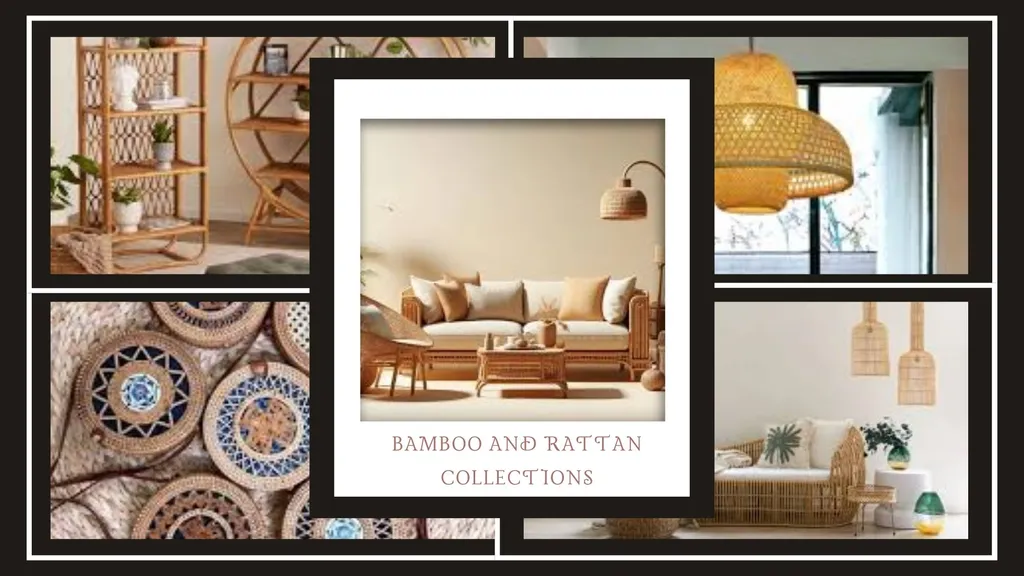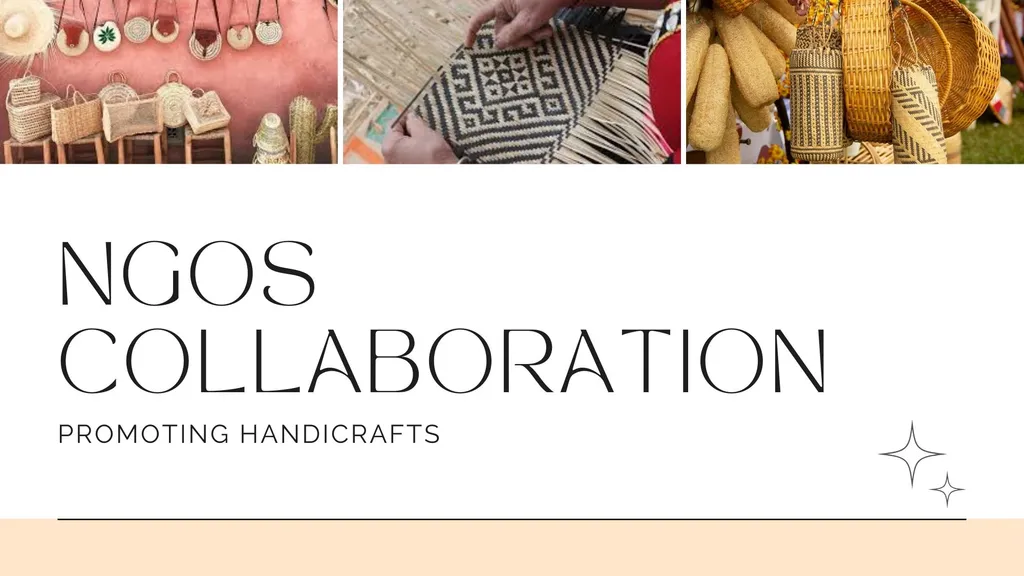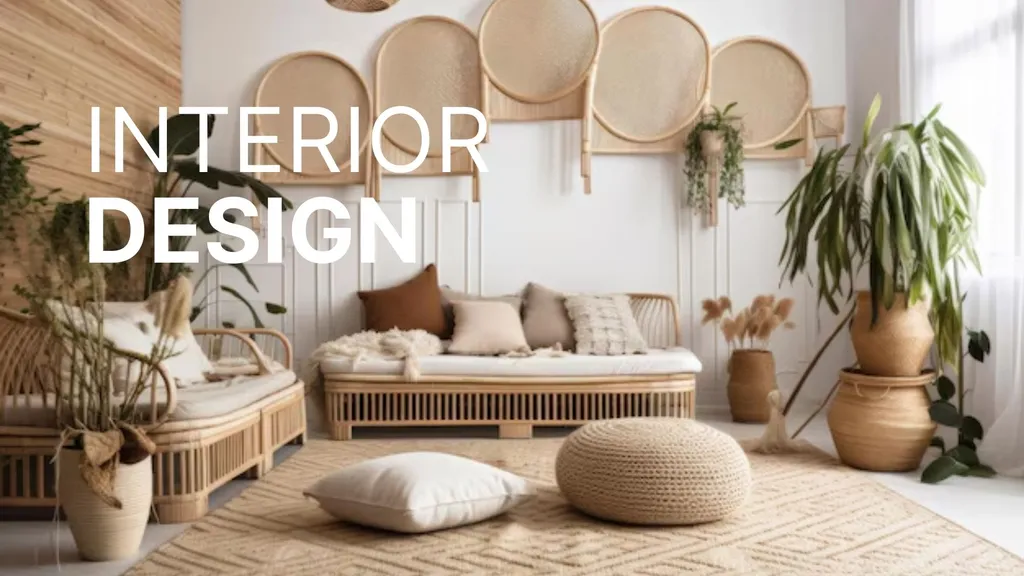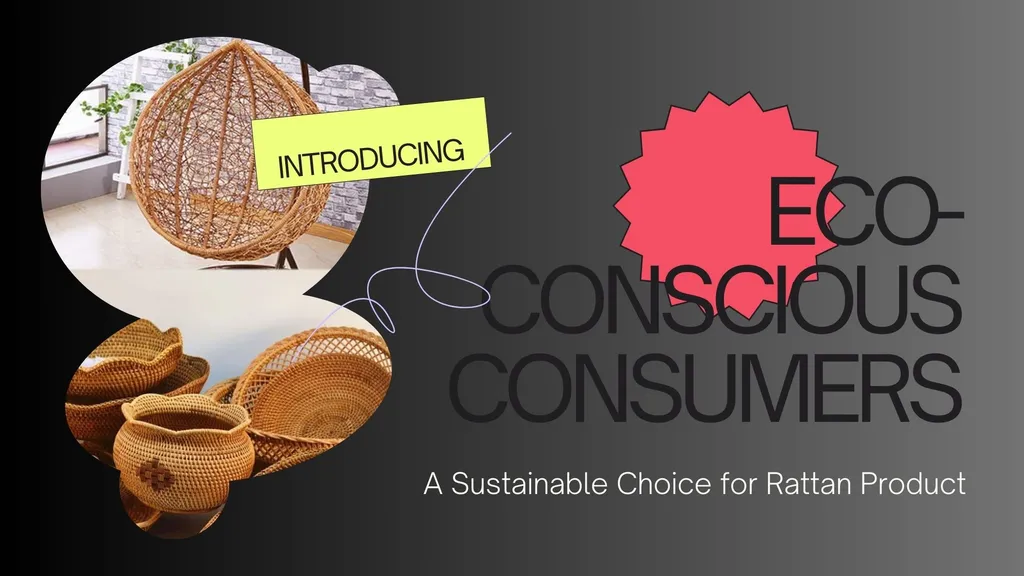Contents

Bamboo and rattan are redefining home décor, blending rustic charm with sustainability to captivate eco-conscious consumers. Specialty retailers are leveraging these materials to curate collections that merge tradition with modern aesthetics, transforming spaces into serene sanctuaries while aligning with ethical values. This blog explores why bamboo and rattan are pivotal in retail, their environmental benefits, market trends, and strategies for curating standout collections.
Why Bamboo and Rattan Matter in Specialty Retail
Bamboo and rattan have transcended their roles as mere materials, becoming emblems of sustainable living. Their versatility—spanning furniture, décor, and accessories—appeals to a growing demographic prioritizing eco-friendly products without sacrificing style. Retailers tap into this demand by offering collections that embody craftsmanship and environmental responsibility, catering to consumers who seek stories and values in their purchases.
Environmental Benefits of Bamboo and Rattan
The eco-appeal of bamboo and rattan drives their popularity among conscientious buyers. Here’s why:
Rapid Growth: Bamboo matures in 4-7 years, compared to 20-70 years for hardwoods, making it a renewable resource.
Carbon Sequestration: Bamboo plantations absorb significant CO₂, outpacing many trees in combating climate change.
Biodiversity Support: Dense bamboo and rattan groves foster wildlife habitats, preserving ecosystems.
Low Impact: Minimal pesticide and water needs reduce environmental strain compared to plastics or metals.
Reduced Deforestation: Using bamboo and rattan eases pressure on hardwood forests, supporting conservation.
These benefits resonate with consumers, making bamboo and rattan ideal for retailers aiming to align with sustainable goals.
Market Trends Shaping Bamboo and Rattan Collections
The bamboo and rattan market is thriving, fueled by consumer demand for sustainability and innovation. Key trends include:
Eco-Conscious Demand: Shoppers increasingly favor eco-friendly materials, boosting bamboo and rattan’s appeal.
Versatile Designs: From minimalist furniture to intricate décor, these materials cater to diverse tastes.
Institutional Support: Governments promote bamboo cultivation, stabilizing supply chains for retailers.
Aesthetic Innovation: Minimalist and natural designs elevate bamboo and rattan as statement pieces.
These trends highlight a dynamic market where retailers can innovate while meeting consumer expectations for style and sustainability.
Strategies for Curating Bamboo and Rattan Collections
To stand out, retailers must curate collections that blend authenticity, aesthetics, and ethics. Here are effective strategies:
Understanding Consumer Preferences
Surveys and Research: Conduct surveys to uncover preferences for styles, functions, and sustainability.
Data Analytics: Analyze purchasing patterns to tailor collections to popular colors or designs.
Emotional Appeal: Highlight bamboo and rattan’s natural textures to create sensory connections.
Customization: Offer bespoke finishes to meet demands for personalized products.
Sourcing Authentic Products
Trusted Partnerships: Collaborate with artisans and manufacturers prioritizing quality and sustainability.
Certified Suppliers: Use platforms like INBAR to source certified, authentic materials.
Diverse Offerings: Blend modern and traditional designs, like crushed bamboo or woven seagrass.
Transparency: Educate consumers about sourcing and eco-benefits through workshops or content.
Bamboo and rattan are more than materials—they’re a lifestyle choice for eco-savvy consumers. By curating authentic, innovative collections, specialty retailers can meet modern demands while championing sustainability. For retailers seeking high-quality, ethically sourced bamboo and rattan products, Ethical Handicraft Manufacturer (EHM) offers a trusted partnership, delivering craftsmanship that resonates with today’s values. Explore the possibilities and elevate your retail offerings with bamboo and rattan’s timeless appeal.





